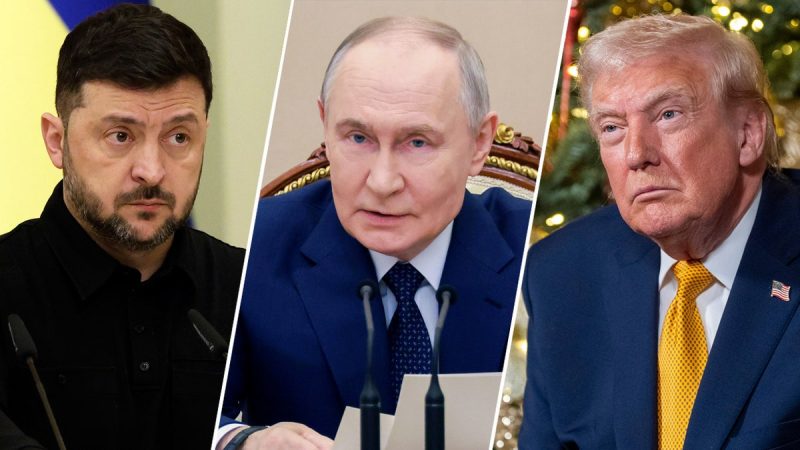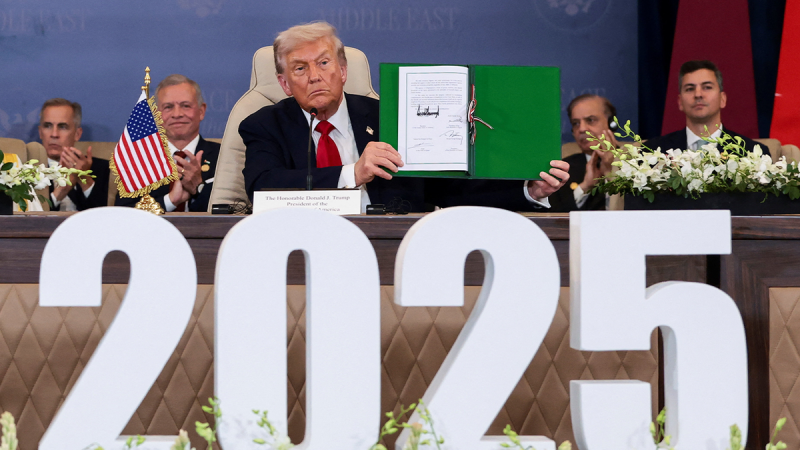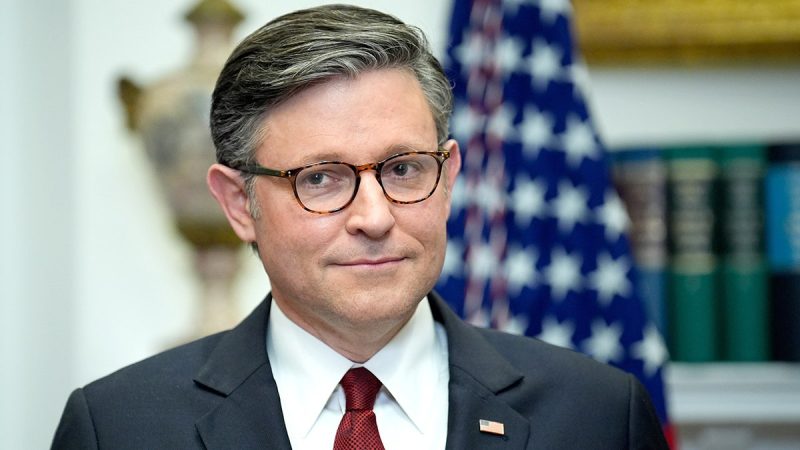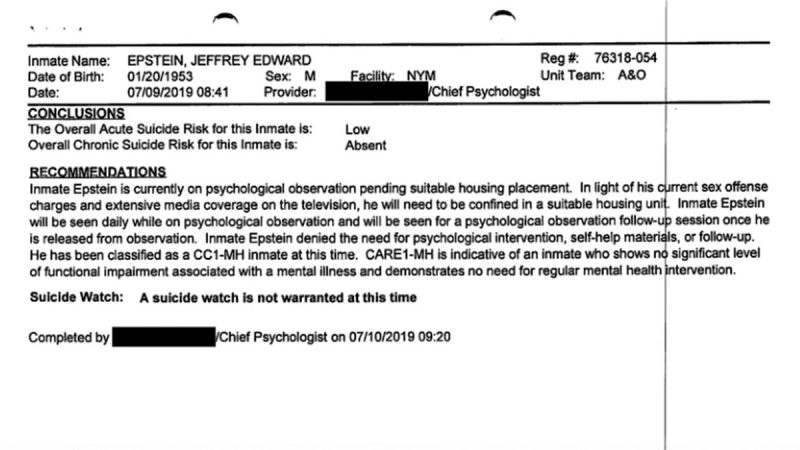Don Durrett: Gold, Silver Price Targets and 15 ‘Must-Own’ Silver Stocks
Kicking off the list in the fifth spot is Don Durrett of GoldStockData.com.
In this January interview, Don shared his silver and gold price outlook for 2025, as well as his 15 ‘must-own’ silver stocks. We don’t have time here for the full list, but I’ll leave the link to the video below. For now, here’s Don talking about why he’s so bullish on silver and gold stocks.
Peter Grandich: Gold Mines Set to Print Cash as Price Hits New Highs
Peter Grandich of Peter Grandich & Co. is next.
This interview is from all the way back in February, when gold was still around US$2,800 per ounce. Peter talked about how US$5,000 was no longer sounding outlandish to him, and also explained how the higher gold price could impact mining companies.
Vince Lanci: Silver’s London Liquidity Crisis — What’s Happening, What’s Next
Vince Lanci of Echobay Partners is always a popular guest, and in mid-October he helped break down unusual dynamics in silver, which had broken through US$50 per ounce.
Ed Steer: Silver Rally Now Unstoppable, Price to Hit Triple Digits
Ed Steer of Ed Steer’s Gold and Silver Digest comes in at number two. This interview is also from mid-October, and in it Ed weighed in on the silver market’s complex inner workings. Ed also gave his thoughts on the precious metal’s long-term prospects.
Rick Rule: Gold Strategy, Oil Stocks I Own, ‘Sure Money’ in Uranium
Finally, our most popular interview of 2025 was with none other than Rick Rule of Rule Investment Media. In this early November conversation, he said he had recently sold 25 percent of his junior gold stocks; he also explained why he did it and how he redeployed that capital.
Securities Disclosure: I, Charlotte McLeod, hold no direct investment interest in any company mentioned in this article.










